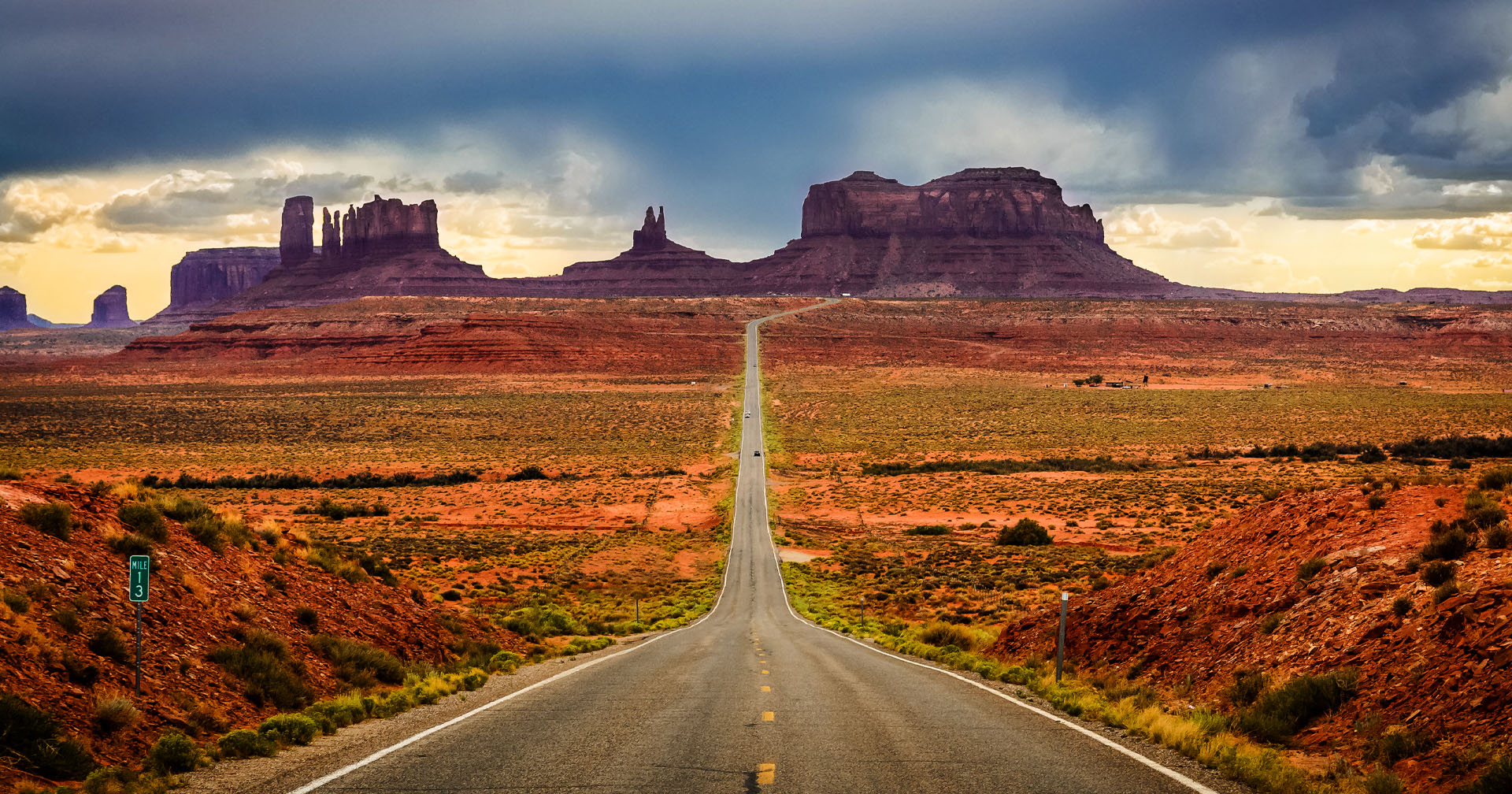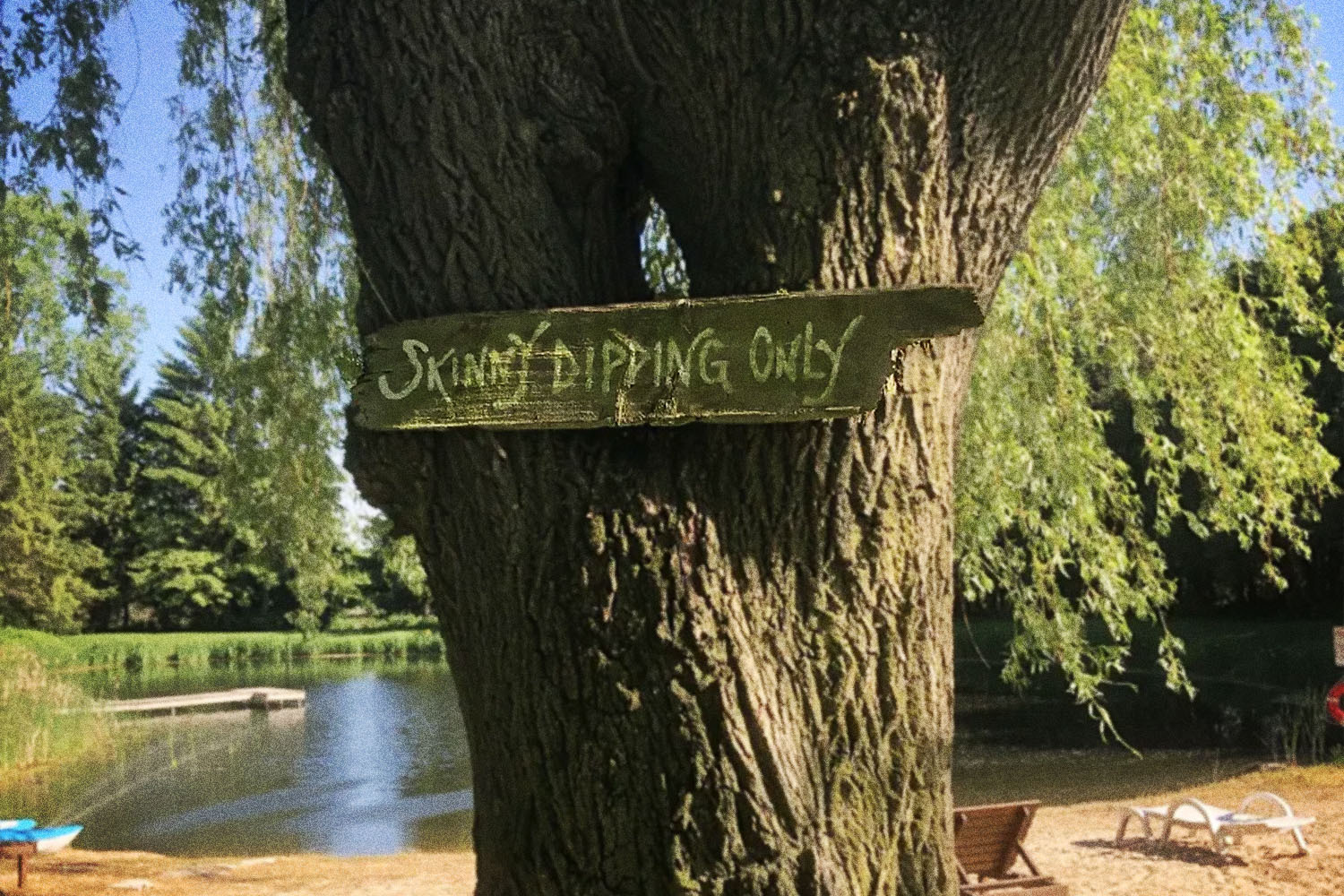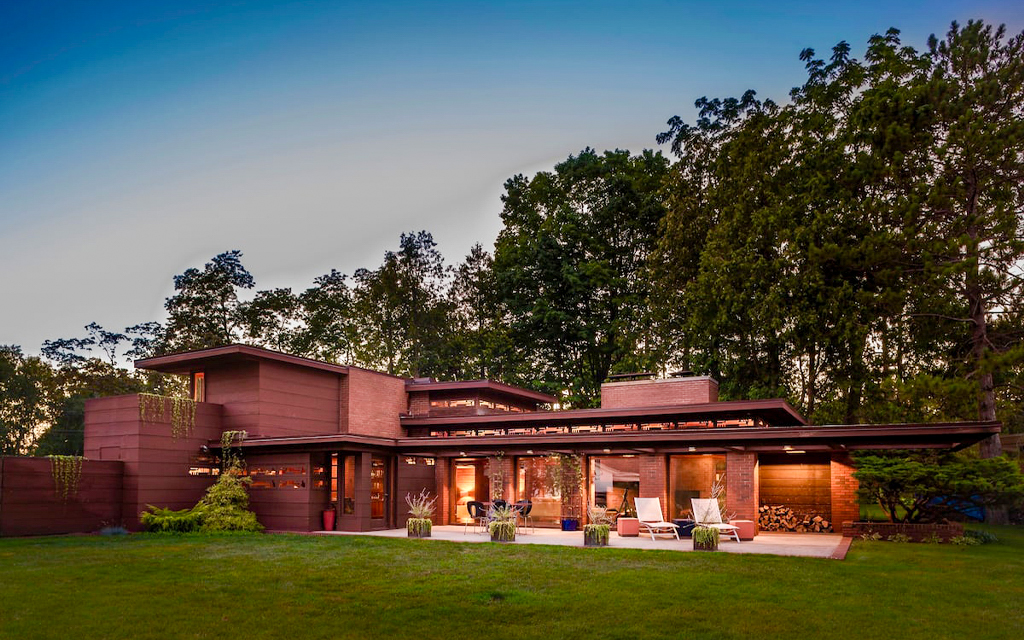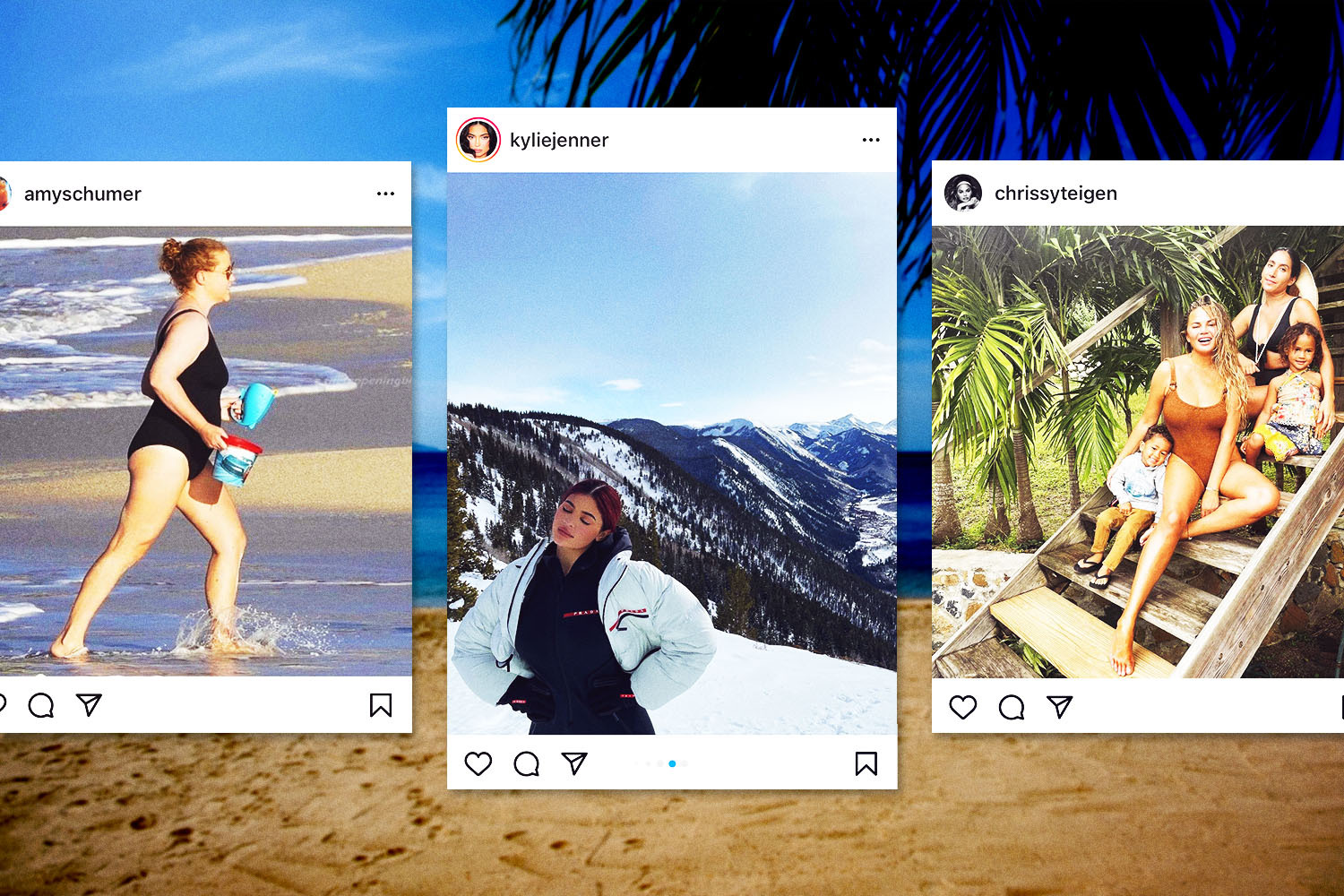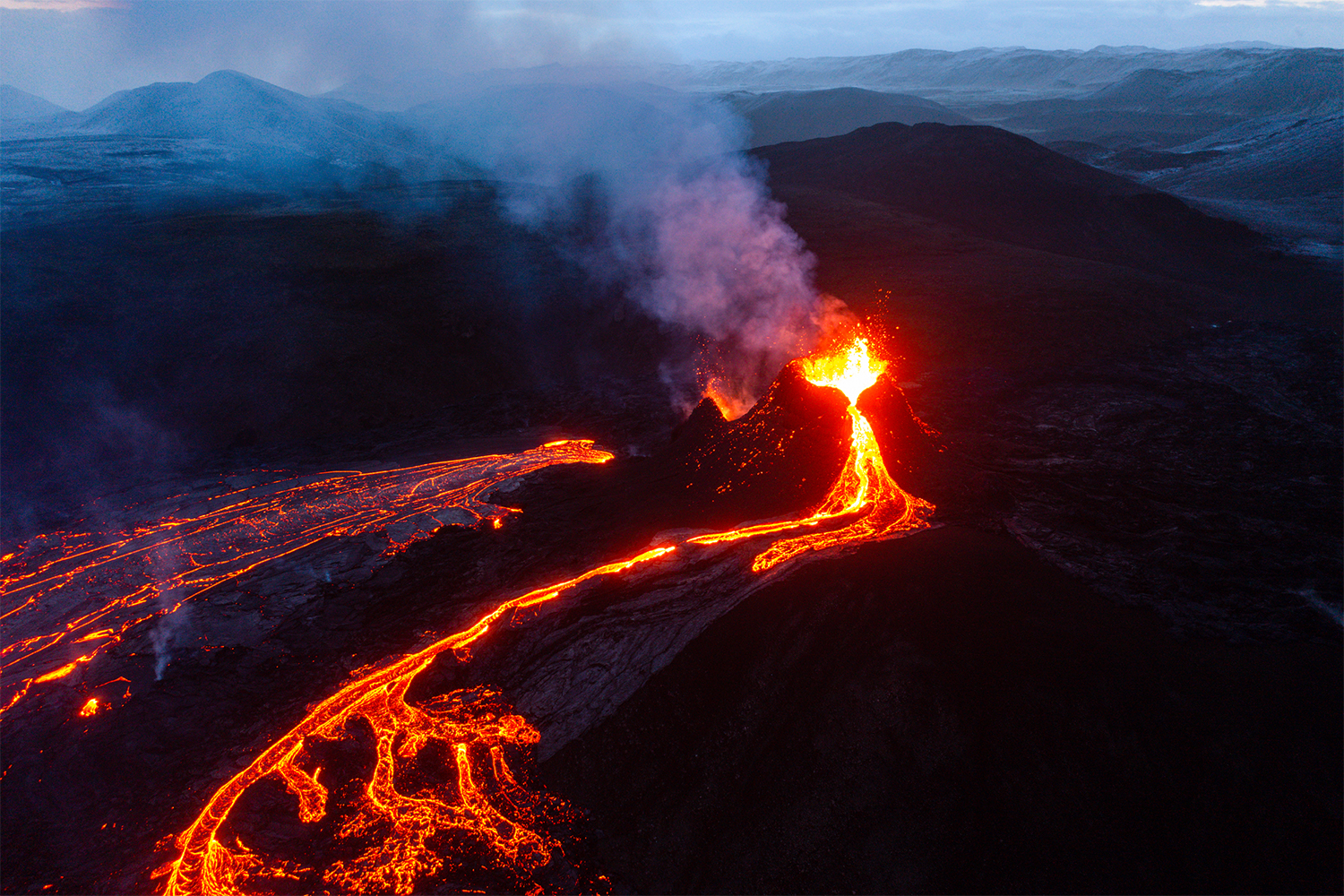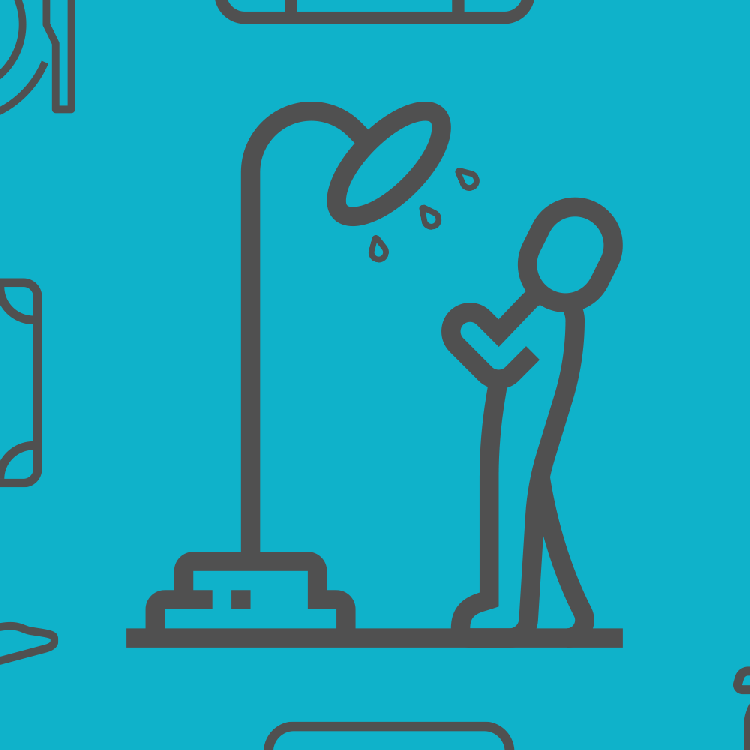Visiting a national park seems simple enough. Pack plenty of water, wear a good pair of shoes and make sure your phone is charged. You get to experience one of America’s natural wonders while supporting the people who work there and the wildlife that exists there. It’s a win-win.
Much of the time, unfortunately, that’s not what happens. Anyone who has visited a national park in recent years (or has a Twitter account) knows many Americans still have no clue how to behave.
In the past few years, there have been a number of viral incidents involving visitor misbehavior, like that time some idiot taunted a bison at Yellowstone and was summarily lambasted by social media users and regular media alike, or that time an older man started petting a bison like he was at a children’s petting zoo, or when those straight-up mouth-breathers hit golf balls off a cliff at Glacier National Park. Every month there seems to be some new case if you look for it; just last weekend, a woman was bucked by a bison in South Dakota (at a state park, but we’ll count it) where a year earlier another woman was “flung … out of her pants” when she got too close to one of the wild animals.
So apparently we need a refresher about what to do, and more importantly what not to do, when we’re visiting national (and state) parks. For that, we reached out to the people who work there, from well-known parks like South Dakota’s Badlands to parks we had never even heard of before like Colorado’s Black Canyon of the Gunnison (that’s the full, proper name).
Before we get into their insight below, there is one thing almost every single park employee said: There are more people visiting than ever before. In essence, the U.S. National Park Service is being overwhelmed by all of us.
What we’re trying to say is, all of our country’s national park employees are doing a vital, difficult and largely thankless job. So don’t just listen to what they have to say, remind the hordes of people next time you see a visitor breaking the rules.
What do you wish people would stop doing when they visit your park?
“Please stop parking on the vegetation on the side of the road when parking areas are full. Go on to the next viewpoint and come back to that one later.” — Sandra Snell-Dobert, Chief of Interpretation, Education, and Technology and Public Information Officer, Black Canyon of the Gunnison National Park and Curecanti National Recreation Area
“If you find a fossil, leave it in place! Take a photo, document the location and report it to the visitor center. Do not remove it.” — Christine Czazasty, Chief of Interpretation and Resource Education, Badlands National Park
“Most people don’t live in close proximity to wild brown bears. This is why every visitor to Brooks Camp attends ‘Bear School’ to learn how to behave around these magnificent creatures — maintain a 50-yard distance, keep walking on raised walkways, etc. In the moment, when you just want to snap that great picture or get a little closer, one might briefly forget those lessons.” — Karen Garthwait, Interpretation Program Manager (Acting), Katmai National Park & Preserve
“Please keep your dog on a leash. Very few parks allow dogs on trails in national parks, but Acadia is one that does. Dogs off leash scare other visitors, scare dogs that are on leash and leave dog scent all over the woods, sometimes causing animals not to return home out of fear of the dog’s lingering smell.” — Christie Anastasia, Public Affairs Specialist, Acadia National Park
“Driving above the speed limit [in places like Skyline Drive in Shenandoah] can lead to unfortunate accidents with wildlife, people and other vehicles. If you are speeding and you come around the bend and encounter a fawn, baby bear cub, turtle, flock of turkeys or many other types of animals crossing the road, you might not be able to slow down in time for them to get out of the way.” — Sally Hurlbert, Management Specialist, Shenandoah National Park
“Getting too close to the edge of the canyon where there are no guardrails. It’s a long drop with dire consequences!” — Sandra Snell-Dobert, Black Canyon of the Gunnison
“Animals in the park are wild. Visitors are responsible for their own safety and for the safety of the animals. Remember to keep your distance, and enjoy your experience watching wildlife. No touching, no feeding, no harassing.” — Christine Czazasty, Badlands National Park
“Rearranging rocks into piles on the trail as a form of rock art confuses hikers and leads to people getting lost and tons of time spent taking down the rock art or rock graffiti as it is sometimes called.” — Christie Anastasia, Acadia National Park
“Damaging resources and leaving garbage in the park. We’ve had instances where visitors have cut live trees for firewood, created shortcut trails that trample vegetation, built illegal campfires, and left garbage along the trails or in their campsites.” — Sally Hurlbert, Shenandoah National Park
What do you wish people would do more of when they visit?
“Some of our most popular trails are seeing resource damage from overuse, so we wish visitors would consider using some of our less-visited trails. We have over 500 miles of trails in the park and many of them are equally as beautiful as our more well-known trails.” — Sally Hurlbert, Shenandoah National Park
“Stowing away their food in the campground at night. Our campers are careful with their food and smelly items to keep from tempting bears.” — Sandra Snell-Dobert, Black Canyon of the Gunnison
“It warms my heart every time I see a visitor pick up a piece of trash, politely remind another visitor of a park regulation, or otherwise demonstrate their stewardship for their park.” — Karen Garthwait, Katmai National Park & Preserve
“Thanking our rangers and maintenance folks for the work they do. It goes a long way toward making a great day when we know we are appreciated.” — Sandra Snell-Dobert, Black Canyon of the Gunnison
“See what you can learn about this park. There is so much more to Acadia than just pretty scenery. There is a rich history, an amazing ecology and lots of opportunities to volunteer and make this place even better.” — Christie Anastasia, Acadia National Park
“Practice the seven Leave No Trace outdoor ethics principles: Plan ahead and prepare; travel and camp on durable surfaces; dispose of waste properly; leave what you find; no campfires in the backcountry (except in park-built fire structures at shelters, huts or cabins), respect wildlife; and be considerate of other visitors.” — Sally Hurlbert, Shenandoah National Park
“Bringing their patience. Sometimes the waits at the gate are long, parking is tough. We appreciate visitors with patience and kind ways.” — Sandra Snell-Dobert, Black Canyon of the Gunnison
“You need to plan a visit to a national park. Research how to visit the park the same way you research lodging, restaurants and other recreational activities. You will not find camping in our park in August without a reservation.” — Christie Anastasia, Acadia National Park
What are newer challenges that employees are facing when it comes to visitors?
“Some visitors travel from areas with ubiquitous connectivity through their handheld computers and phones. Acadia is not one of those places and these people become extremely disoriented when their phones don’t work for directions and information. We are working on this, but connectivity is still spotty.” — Christie Anastasia, Acadia National Park
“Visitors seem to be increasingly unprepared for the adventures they want to take. We see many folks trying to take on the routes into the canyon with inadequate footwear and not nearly enough water. Social media is driving the desire to take on our routes, but some people are not physically or mentally prepared for the challenge.” — Sandra Snell-Dobert, Black Canyon of the Gunnison
“Like many parks, visitation to Katmai has increased in recent years and that trend is expected to continue. The campground is usually full and visitors can face long wait times at the Brooks Falls viewing platform. More visitors also means a higher demand for general visitor services (trip planning, bookstore sales, lost and found, medical needs, etc.), and staffing levels have not increased apace with visitation.” — Karen Garthwait, Katmai National Park & Preserve
There have been well-reported instances of visitor problems in parks, including bison interactions, hitting golf balls off a cliff, etc. What’s your reaction when you see things like that?
“If visitors would honor the rule of staying 150 feet or more away from wildlife, those types of interactions with wildlife are less likely to happen. Animals have a safety zone around them. If you enter that safety zone, you might become a threat to them and they might react in a way to defend themselves.” — Sally Hurlbert, Shenandoah National Park
“Most people now live in developed and urban places, and I think some may have forgotten (or never learned) what ‘wild’ really means. Regardless of its size, approaching any wild animal directly — especially crowding them, feeding them, harassing them — is rarely a good or safe idea. Wild landscapes also need a careful approach; litter or graffiti in any form detracts from their wildness and from the enjoyment of the next visitor. Each park or landscape might have unique requirements of their own, too. It’s critical that visitors take the time upon arrival to learn how to keep yourself safe and how to help take care of these shared special places.” — Karen Garthwait, Katmai National Park & Preserve
“The mission of the National Park Service is to preserve unimpaired the natural and cultural resources of these special places while providing for their enjoyment. I would like to see people consider their impact on the place, to realize that the parks are not playgrounds but national treasures. As public lands come under more pressure to facilitate experiences for growing populations, it becomes imperative that the visiting public respect rules and regulations that are created for the safety and well-being of them as well as the resources they came to see. Our national parks are not meant to serve all needs and desires of the public, but rather to preserve the opportunity to experience the places as they are.” — Sandra Snell-Dobert, Black Canyon of the Gunnison
For more travel news, tips and inspo, sign up for InsideHook's weekly travel newsletter, The Journey.

